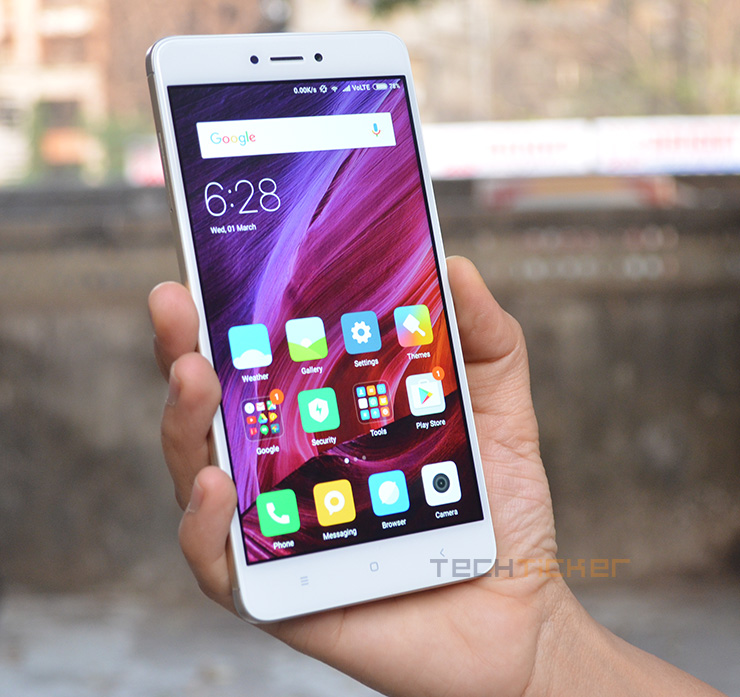
Redmi Note 3 catapulted Xiaomi as a smartphone maker that offered the best bang for the buck. And this year, Xiaomi aims to repeat it again with the introduction of Redmi Note 4. Xiaomi has worked on some of the shortcomings of the Redmi Note 3 and improves overall performance and has even added a new variant that ups the ante from its predecessor.
Construction and Build

The Redmi Note 4 looks completely different from the Redmi Note 3. The phone features a 5.5-inch screen but isn’t too bulky to hold, however, it feels heavy in the hand. Sporting an all metal body, the build quality of the phone is pretty good. Below the display are three capacitive buttons that are identical to the ones on the Redmi Note 3. The screen features 2.5D curved Gorilla Glass. The rear of the camera is also much like the Redmi Note 3 with the camera, flash and fingerprint sensor aligned at the rear. At the bottom is the microUSB charging port with speakers on each side. The left side houses the hybrid dual-SIM tray that can be also used to expand the storage through a microSD card or use it as a dual-SIM phone by inserting a microSIM and nanoSIM. The right hosts the power and volume control buttons while the top has a 3.5mm audio jack port and an IR blaster. Long story short, Xiaomi has kept the design simple and refined compared to the Redmi Note 3.
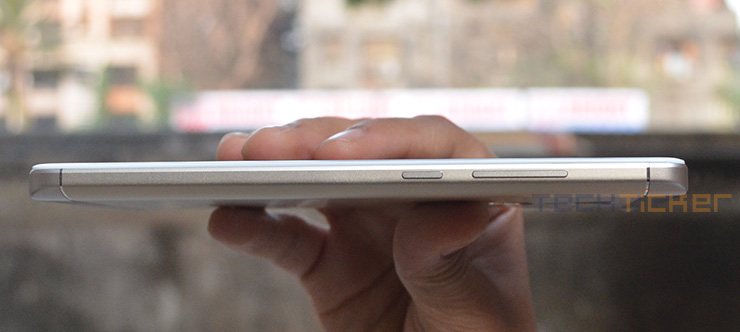
Hardware and Software
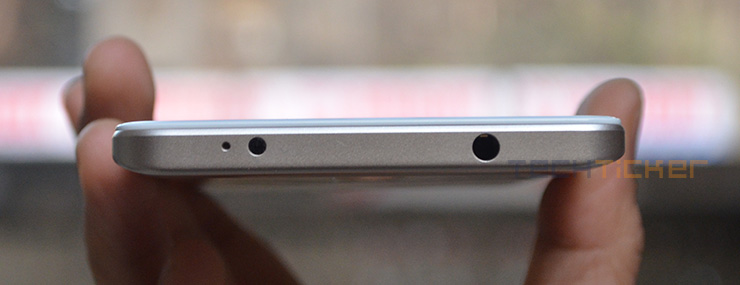
Redmi Note 4 is powered by Snapdragon 625 octa-core processor that is built on 14nm instead of the Snapdragon 650 found in the Redmi Note 3. The new chip is energy-efficient and offers adequate power to run apps without any lags. We found the Snapdragon 625 to be pretty stable and were able to run multiple apps without facing any issues of a slowdown. Xiaomi offers three SKUs of the phone in three colours that vary in the RAM and ROM size. The 2GB/32GB is the base model and going up to ladder is 3GB/32GB with 4GB/64GB being the topmost one. We tested the latter one.
Besides this, the phone features Bluetooth 4.1, dual-band Wi-Fi, LTE with VoLTE, and an IR blaster. A gripe we have with the series is that there is no NFC in the phone. This means Android Beam is a no go. With regards to the IR blaster, we tested its functionality and could easily control home electronics like TV, DTH boxes, and AC. The rear fingerprint sensor is pretty accurate and unlocks the phone fast. With two speakers at the bottom, the Note 4 sounds slightly better than the Redmi Note 3. The quality of the sound from the speakers is decent.
We used the unit running the Global Developer ROM of the MIUI 8 but the retail version ships with a stable Global MIUI 8 ROM. As with other Xiaomi phones on MIUI 8, this one also features ‘Second Space’ feature, meaning you can virtually run two instances of one app, this is handy in case you want to create a separate WhatsApp group linked to your personal mobile number and office mobile number. There is also a Lite mode that lets you run the phone interface in a simplified manner with menus. Besides this, there are other handy features like one-hand mode – that reduces the size of the operable screen to 4.5-inch, 4-inch or 3.5-inch, QuickBall – that stays on the home screen and allows you to navigate directly to selected tasks. Overall, the MIUI 8 looks polished and one can apply themes from the Theme repository. For additional security, you can even set to protect the app and file access with a fingerprint. In case you are moving from another Xiaomi device, you can use the Mi Mover app to transfer the apps to Redmi Note 4 wirelessly. We used the same to transfer data from a Mi5 device and it worked perfectly fine. It even copied WhatsApp media files.
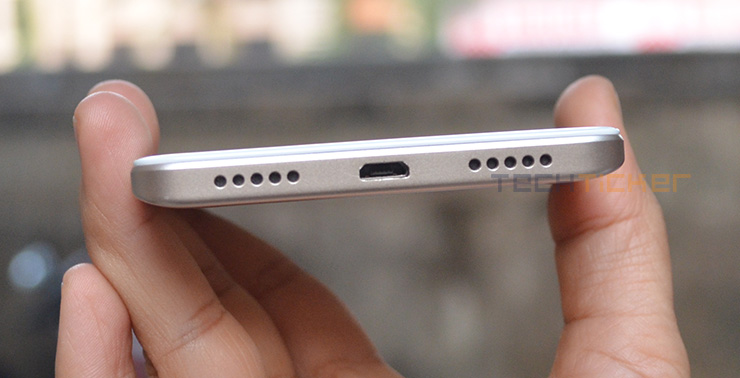
Performance
Running on Snapdragon 625 processor with 4GB RAM makes the Redmi Note 4 a commendable performer. In our testing, games, internet browsing, videos everything that we threw at the phone, it played without any issue. Another good thing about the phone is its 4100mAh battery. While Redmi Note 3 offered excellent battery life, this one goes a step ahead and offers amazing battery life. This is one phone where I could start the day at 40% battery and still get day’s worth of use. At 100% the phone easily lasts for two days with calling on VoLTE, dual-SIM, Wi-Fi usage, video playback, and games.
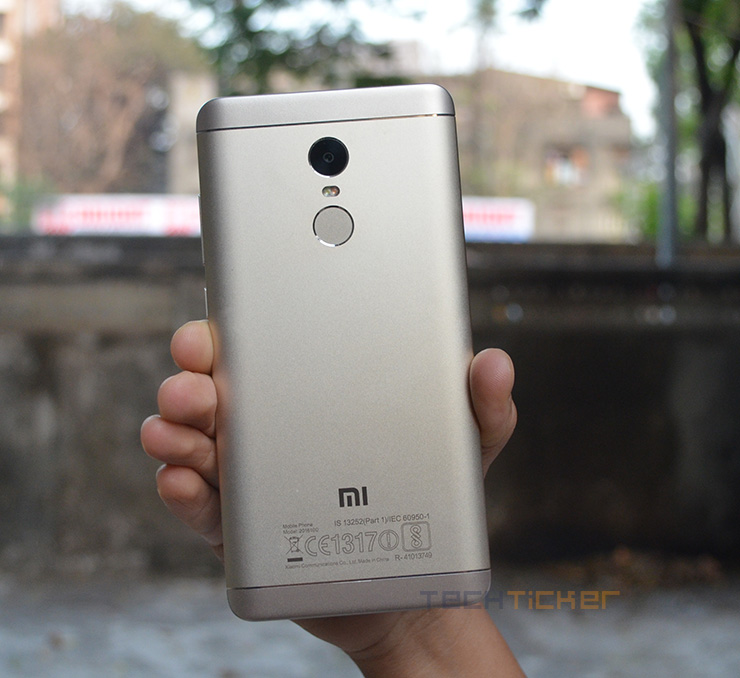
Redmi Note 4 is not a phone that is targeted as a camera phone. Nevertheless, it sports a 13-megapixel with f/2.0 lens and PDAF. The front camera is 5-megapixel with f/2.0. The camera interface is fast and comes with HDR support. There are different modes that you can select from. There are lots of filters that you can select before clicking the pictures like Tunnel, Mirror, Mosaic, Fisheye and more. The camera shoots decent pictures and we were happy with the quality. However, in low-light it’s a different game, you need to work hard to get good pictures under low-light but it is certainly better than its predecessor. The videos can be captured at Full HD resolution from the rear camera and at 720p with the front camera.
Verdict
As mentioned before, the phone is available in three variants – 2GB/32GB that is priced at Rs. 9,999, 3GB/32GB priced at Rs. 10,999 and the 4GB/64GB version for Rs. 12,999. If you are in a search for an Android phone that offers good looks, provides good performance, amazing battery life and most importantly without breaking your bank, have no second thoughts about this phone. We give a must buy to Redmi Note 4.
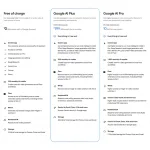
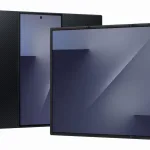



Leave a Reply